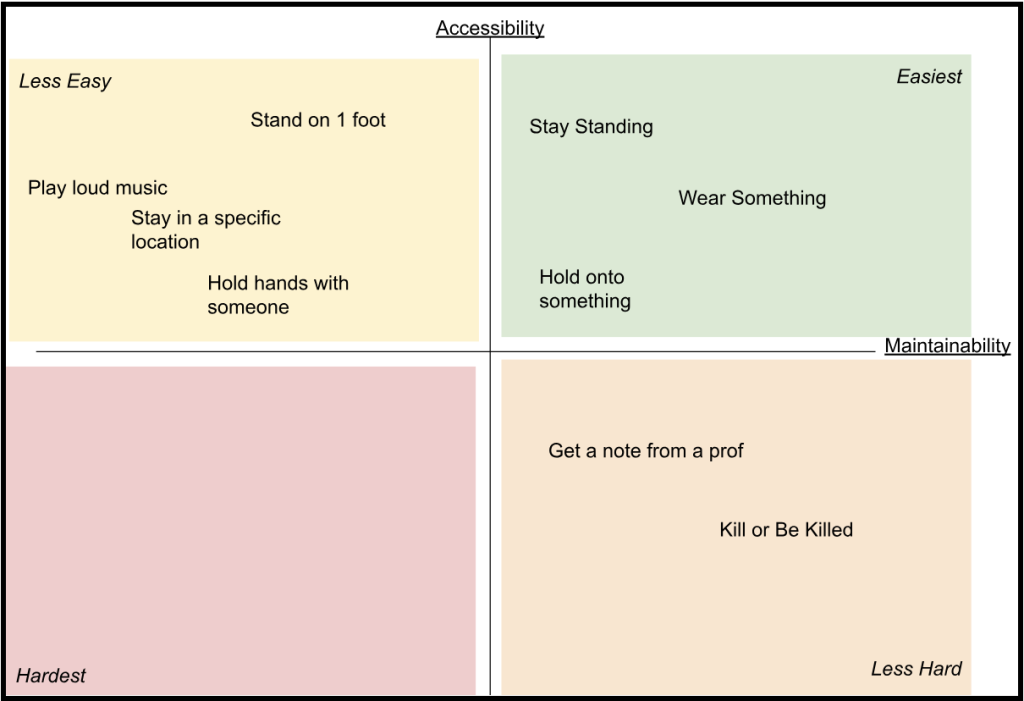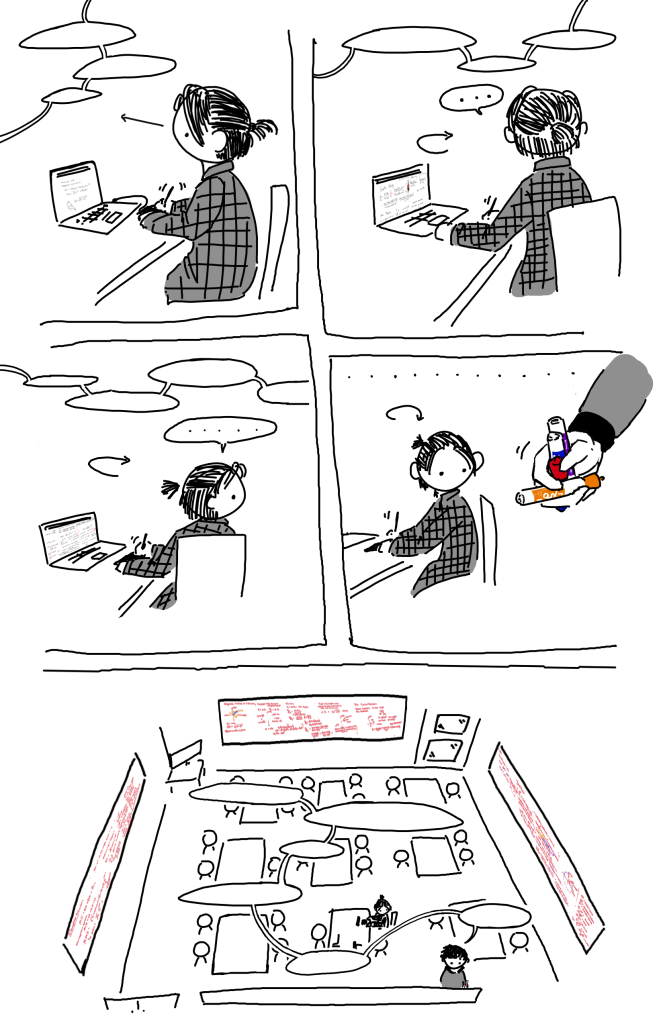I recently read a story by Franz Kafka called “The Hunger Artist.” The titular character—the hunger artist himself—goes from town to town, locks himself in a cage, and stops eating. People come from miles away to see the man in all his bony glory. After a few weeks of starvation, to much fanfare and massive crowds, the hunger artist emerges from his cage and breaks his fast. Every time, he protests: he could do more! However, his publicist has determined that general interest declines after several weeks of the artist starving himself. When interest drops, he must eat.
As time goes on, hunger artists fall out of fashion; the only place that will take the artist is the zoo. The hunger artist, initially insulted, quickly sees the appeal of his new position—he is no longer being forced to eat every few weeks, so he can begin his greatest-ever fast.
In the final words of the story, the artist is discovered, weak and emaciated, by a zoo worker. The man asks the artist why he continues to fast, and the hunger artist responds: “Because I have to fast, I can’t help it… I couldn’t find the food I liked. If I had found it, believe me, I would have made no fuss and stuffed myself like you or anyone else.”*
And then he dies. The zoo replaces him with a big cat.
Franz Kafka died of tuberculosis at the age of 40. In his will, he instructed his friend to burn all but six of his works—the Hunger Artist was one of the six to be preserved. Why did Kafka elevate the Hunger Artist to be among the six? What about the story made him recognize its compelling power?
I read the story while eating lunch at work over the summer. It was July, an especially busy stretch where I’d spend twelve or thirteen hours at work, then go home, shower, prepare food, sleep, and repeat the next day. I did that for the full month, with an occasional break day sprinkled in to avoid a nervous breakdown.
Why did I do it? The overtime was nice, but I didn’t need the money. I told myself I wanted the experience, but any dimwit could see how that much time at work wasn’t going to lead to any actual learning. In reality, I kept working for the same reason the hunger artist kept fasting—I didn’t know how to do anything different.
Kafka’s hunger artist fasts because he doesn’t know how to stop.
Like many Oliners, I like to push myself. I dive into whatever I’m focusing on at the moment—the joy of figuring out a challenging problem or developing a new skill feels addictive.
This trait is powerful, and it can also become a problem. While enjoying the last few days of sunshine on the O a few weeks ago, I ended up chatting with a friend about Olin’s work culture. While reflecting, she remarked: “I can’t slow down. I want to, but I just can’t… if I did, then I would have to think, and I really don’t like doing that.” Many Oliners share this sentiment, whether they realize it or not. Like the hunger artist, we push ourselves over the brink from pleasurable challenge into self-defeating masochism, not because we want to, but because it is the only thing we know how to do.
This past summer wasn’t my first time making this mistake. In my junior year of high school, I took every advanced placement and honors class I could fit into my schedule while also studying for the SAT, leading my robotics team, helping run the Model UN club, and working at my part-time job. Why? Because I could—I figured I’d challenge myself.
That year, I steadily sank into depression. I went through the motions, got the grades, and outwardly didn’t present as though anything were wrong. But I wasn’t feeling any joy anymore—my classes weren’t interesting to me, and the only thing that made me feel happy was working out for the hour or two I’d do it each day. When I finally went to my school counselor for help, she seemed surprised, fumbling around with a bunch of words that summed up to: “Your grades are great and your teachers love you… why are you here?” In my stupor, I felt a faint flicker of amusement. I was there because I didn’t feel emotions anymore, and I thought that was probably a bad thing.
I had starved myself for so long that I forgot how to eat.
I have loved my time at Olin, and yet I still find myself falling into the same trap that I have so many times before: I am doing too much. When I examine the tasks that take up my time—classes, my job, research, the stuff I do for fun—I find each to be relevant and justified; to reach my goals, each component is essential. I have no plans to stop anything anytime soon, and yet at the same time I know that I am doing too much to live a balanced, happy, and sustainable life.
I am fully aware that I’m overdoing it, and I’m still doing it anyway.
It might seem like I am writing this article to make a change. That I’m going to fix my work habits, seek more balance in my life, and tell you all to do the same. But I’m not going to. I don’t think that reading this article will inspire any of you to make changes, either—Olin attracts a very specific kind of person who likes to keep adding things to their plate, just as I do.
Instead, I’ll end with this. Yom Kippur happened a few weeks ago, and like many Jews, I fasted and went to services. It was a beautiful opportunity to reflect, focus my thoughts, and consider the year ahead, surrounded by a community of people doing the same. At the end of the holiday, I broke my fast with some orange juice, feeling the liquid soothe my throat with each swallow.
There can be joy in fasting, but only if it ends.
*From the Muir Translation. Can be found online by looking up “Franz Kafka The Hunger Artist Muir Translation” or with link: https://englishiva1011.pbworks.com/f/HUNGERAR.PDF


